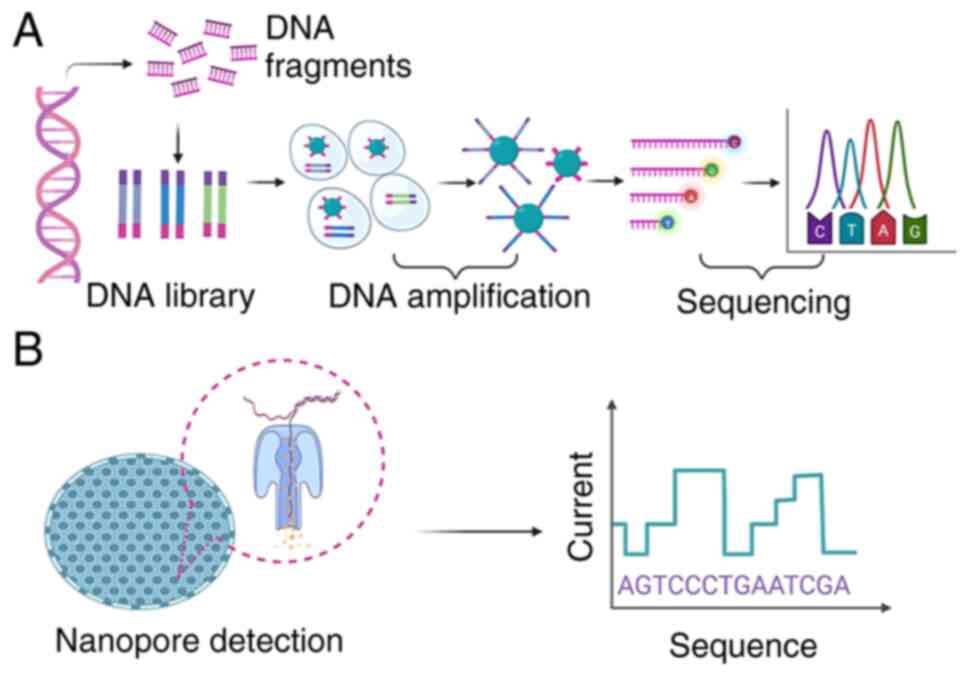
—
Title: Revolutionary Infection Detection System Preserves Lives, Reduces Expenses, and Provides a New Model for Hospital Safety
—
In a significant advancement for patient safety, investigators at the University of Pittsburgh have created an innovative infection detection system that has effectively preserved lives, minimized the spread of illnesses, and lowered healthcare expenditures. Named the Enhanced Detection System for Healthcare-Associated Transmission (EDS-HAT), this groundbreaking technology utilizes genomic sequencing to identify hazardous hospital outbreaks before they escalate—potentially transforming how hospitals across the country address infectious diseases.
“Preserving lives while saving resources—this isn’t just a concept. This occurred in an actual hospital with actual patients,” stated Dr. Alexander Sundermann, the principal author of the study and an assistant professor of infectious diseases at Pitt’s School of Medicine. “And it could be easily expanded.”
—
How EDS-HAT Operates
—
Hospitals are breeding grounds for infections, and controlling the transmission of disease within them represents a considerable—and complex—challenge. Traditionally, infection control specialists must discern whether new infections are linked via transmission or are isolated occurrences, often relying on scant evidence.
EDS-HAT alters this scenario. By sequencing the genomes of bacteria and other pathogens obtained from patients, the system can indicate instances when multiple patients are infected with strains that are nearly genetically identical—strong evidence that direct or indirect transmission has taken place.
When such genomic correlations are identified, EDS-HAT notifies hospital infection prevention teams, prompting them to investigate the circumstances and act before the infection propagates further.
In the absence of this type of genomic insight, unnoticed outbreaks can escalate, or alternatively, hospitals may squander essential resources examining what may end up being unrelated cases.
—
Validation in Practice: UPMC Trial Outcomes
—
The system’s efficacy was showcased during a two-year trial at UPMC Presbyterian Hospital, conducted from November 2021 through October 2023. In comparison to standard infection detection techniques, EDS-HAT prevented 62 infections and saved five lives. The financial outcomes were similarly impressive: the hospital avoided nearly $700,000 in treatment expenses, equating to a 3.2-fold return on investment.
“These outcomes are extraordinary,” commented Dr. Graham Snyder, co-author and medical director of infection prevention and hospital epidemiology at UPMC. “This project clearly shows how UPMC’s academic collaboration with Pitt is delivering excellent patient care while generating innovative solutions that set the stage for improved patient care globally.”
—
The Vision: A National Detection Framework
—
Looking forward, Sundermann and colleagues envision scaling EDS-HAT across the nation, establishing a countrywide outbreak detection system similar to the CDC’s PulseNet, which monitors foodborne diseases throughout the United States.
Such a framework could significantly boost the nation’s ability to react to emerging infections. For example, the researchers mentioned that a federal EDS-HAT network might have recognized the 2023 outbreak of bacteria linked to tainted eye drops far earlier, potentially averting severe infections and vision impairment related to the contaminated products.
“It is a clear choice to implement EDS-HAT at every healthcare facility nationwide,” asserted senior study author Dr. Lee Harrison, professor of infectious diseases at Pitt. “We anticipate these findings will facilitate ongoing discussions among U.S. healthcare leadership, payers, and policymakers regarding the advantages of genomic surveillance as a standard procedure in healthcare.”
—
Wide-Ranging Implications for Contemporary Healthcare
—
The results, published in the April 28, 2025, edition of Clinical Infectious Diseases, highlight a straightforward but impactful truth: combining advanced genomic tools with hospital infection control can significantly enhance outcomes for patients while actually reducing costs for healthcare providers.
As hospitals encounter mounting pressure to decrease healthcare-associated infections (HAIs), EDS-HAT presents a clear way forward—one that emphasizes patient safety while remaining financially viable.
In a healthcare landscape where transformative innovations frequently come with exorbitant costs, EDS-HAT emerges as a standout: it’s a breakthrough that preserves lives, reduces costs, and simultaneously bolsters public health resilience.
—
Support Independent Science Reporting
—
If this reporting has enlightened or motivated you, we welcome you to consider making a donation. Independent journalism demands time, expertise, and resources—and every contribution assists us in continuing to provide clear, engaging, and impactful science and medical news.
Join us in making knowledge accessible and actionable. Thank you for your support.
—
(For further details, the complete study is available online in Clinical Infectious Diseases under DOI: 10.1093/cid/ciaf216.)